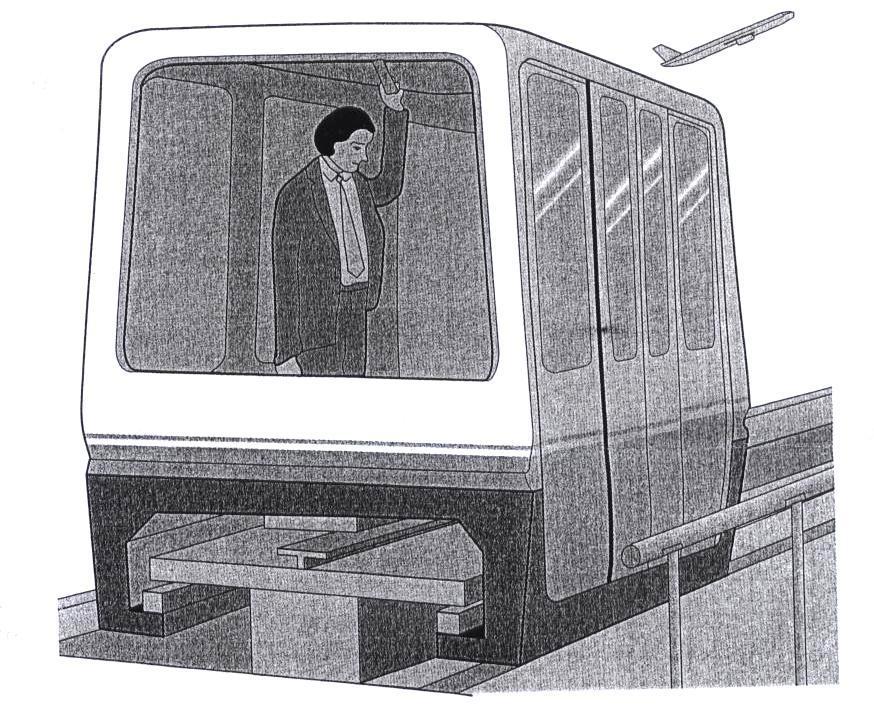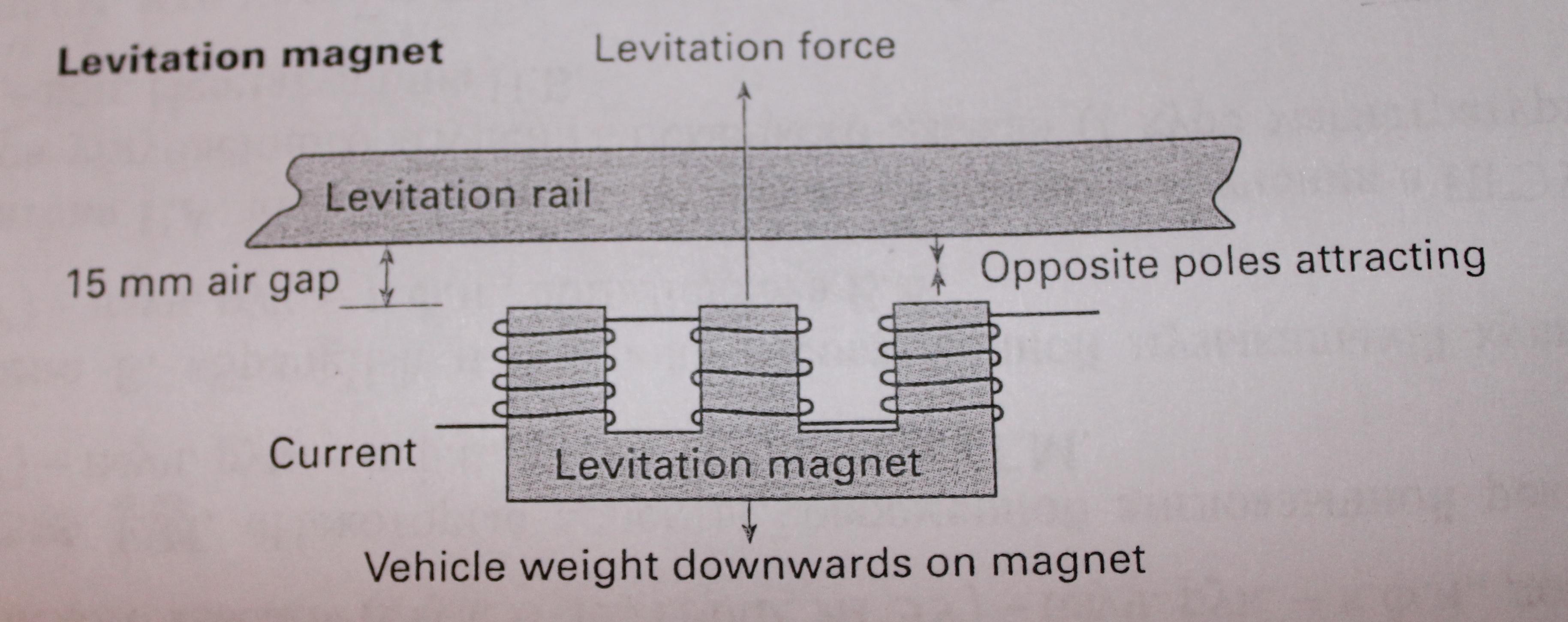
Министерство образования и науки
Российской Федерации
Федеральное государственное бюджетное образовательное учреждение высшего профессионального образования «Ивановский государственный энергетический университет
имени В.И.Ленина»
Кафедра иностранных языков
Модуль “Inventions and Innovations”
Методические указания по английскому языку
для бакалавров всех специальностей
Иваново 2012
Составители: Н.В.ТОЧЕНОВА
И.С.РОМАНОВА
Редактор А.А.ПРОХОРОВА
Методические указания содержат задания для работы с текстами по теме «Изобретения и инновации» на английском языке.
Данные указания предназначены для отработки лексики по заданной теме и усвоения ряда грамматических правил на занятиях со студентами 1 курса всех специальностей дневного отделения по английскому языку.
Утверждены цикловой методической комиссией ФЭУ
Рецензент
кафедра иностранных языков
ФГБОУВПО «Ивановский государственный энергетический университет имени В.И.Ленина»
Модуль “Inventions and Innovations”
Методические указания по английскому языку
для бакалавров всех специальностей
Составители: ТОЧЕНОВА Наталья Валерьевна
РОМАНОВА Инна Сергеевна
Редактор Н.Н. Ярцева
Подписано в печать 2012 . Формат 60×84 1/16.
Печать плоская. Усл.- печ. л. 1,16
Тираж 50 экз. Заказ №
ФГБОУВПО «Ивановский государственный энергетический университет имени В. И. Ленина»
Отпечатано в УИУНЛ ИГЭУ
153003, Г. Иваново, ул. Рабфаковская, 34 Unit 1 new means of transport
Read the key words and learn them by heart
levitation [ləvı´tei∫n] – левитация, подъем
to float [fləυt] – плыть
vehicle[´vı:kl] – транспортное средство
railwaystation[´reılweı ´steı∫n] – (железнодорожная) станция
to maintain [meın´teın] – обслуживать
car [kα:] – (здесь) вагон
equipment [ı´kwıpmənt] – оборудование
guideway[´gaıd´weı] – направляющий путь
track [træk] – рельс
to vary [´vεərı] – изменяться
to support [sə´po:t] – поддерживать
todrive[drαıv] – приводить в движение

Read the text
MAGLEV TRAIN
A MAGLEV (magnetic levitation) train is one of the most perspective and interesting inventions of the 20th century. It does not run along the track in the normal way. Instead, magnetic fields lift it above the track, so that the train ‘floats’ along.
Because they have no wheels, axles, suspension, dampers, or brakes, Maglev vehicles are light and compact. They are also pollution-free, as no fuel is burned within the train, and cheap to maintain.
The Maglev system at Birmingham airport carries passengers from the terminal to the railway station and the National Exhibition Centre. The cars are made of lightweight fiberglass, carried on an aluminium chassis.
All electrical equipment which powers the cars is situated under the floors or the seats. Each car can take 32 passengers and their luggage, up to the weight of 3 tonnes. The trains travel at a maximum speed of 420 km/h.
A concrete guideway above the ground supports a T-shaped track for the two-car Maglev train. The train is lifted from the track by magnetic attraction. It floats 15 mm above the track.
As people get on and off, the weight of the train varies. It may drop closer to the track than the required 15 mm, or rise further from it. To keep it at an even distance from the track, the force is varied by a microprocessor.
Each train is driven by an electric motor called a linear induction motor. Electromagnetic coils on the train generate a magnetic field. The field induces electric current in the track, which in turn generates its own magnetic field. The two fields in the track and the train interact and pull the floating train along the track.
Exercises
1. Read the following international words and guess their meaning.
distance, ton, electrical, passenger, track, to induce, to generate, to lift, magnetic, compact, normal, pollution-free, system airport, aluminium, national, center, maximum
2. Find the words with similar meanings in each line.
1. to carry a) to float b) to transport c) to transfer
2. to induce a) to power b) to turn c) to generate
3. to float a) to fly b) to take c) to move
4. to pull a) to move b) to run c) to travel
5. to lift a) to drop b) to rise c) to vary
3. Find Russian equivalents for English words.
|
1) along 2) above 3) instead 4) so 5) also 6) because 7) as 8) within 9) under 10) each 11) than 12) in turn 13) which 14) own |
a) тоже, также b) в свою очередь c) каждый d) собственный e) внутри, в пределах f) вдоль g) под h) таким образом, так i) вместо того j) который k) чем l) над m) поскольку; по мере того, как n) так как |
4. Name the opposites.
light – …, cheap – …, large – …, to get on – …, to drop – …, maximum – …
5. Read the following word combinations and translate them.
|
to run along the track magnetic field Maglev vehicles pollution-free to burn the fuel cheap to maintain railway station lightweight fiberglass to point the cars |
electrical equipment passengers and luggage to travel at a maximum speed a concrete guideway a T-shaped track magnetic attraction at an even distance to vary by a microprocessor to drive by an electric motor the floating train |
6. Fill in the table with the derivatives to the following words if possible.
|
глагол |
существительное |
прилагательное |
наречие |
|
1. 2. attract 3. 4. travel 5. 6. 7. |
weight
magnet
equipment |
electrical cheap |
|
7. Find what part of speech the following words belong to.
|
1. rise
2. power
3. force
4. drive
5. drop
|
a) Water temperature rises after heating. b) Temperature rise was caused by the illness. a) This power plant was constructed 2 years ago. b) Electrical devices power the cars. a) This force is not enough to lift the body. b) What forces current to flow? a) A new motor drives the train at a maximum speed. b) Drives work well, don’t they? a) Pressure drop is dangerous. b) Drops of water covered the road. |
8. Make the list of advantages and disadvantages of a new train.
|
Advantages |
Disadvantages
|
9. Find out if the following statements are true (T), false (F) or there is no information in the text (Not Stated). Correct the wrong statements.
1. A Maglev train runs along the track.
2. Maglev trains are light and compact because of the wheels, axles, suspension, dampers, or brakes.
3. A Maglev train is widely used in the UK and the USA.
4. Each car can take passengers and their luggage weighting less than 3 tonnes.
5. The cars are made of light plastics.
6. All electrical equipment which powers the cars is situated under the floors or the seats.
7. The weight of the train varies with speed.
10. Maybe you have found some words unknown to you such as axles, suspension, dampers. But do you need to know their translation? It is clear from the context that these words are nouns which mean heavy (not light), large (not compact) and part of undercarriage equipment. That will be enough to understand the contents of the text.
Try to guess the meaning of words in italics.
The Wankel engine was radically different from conventional engines, having a rotary piston and no valves. Wankel engines were adopted by the Mazda car company. However, they are rarely used because of problems with fuel consumption and maintenance.
11. Study the diagram. It shows how a Maglev train is supported without physical contact with the track. Can you explain how this works?

The explanation consists of 6 steps.
The first step is:1. Current flows through the magnet coil.
The last step is: 6. The train is lifted.
Arrange the rest 4 stages in a logical way:
a) The current creates a magnetic field round the poles.
b) The field induces the current in the track.
c) The two magnets attract each other.
d) The track becomes magnetized.
12. Find the answers to the following questions in the Internet.
1. When was the Maglev train invented?
2. What country was this invention made in?
3. Where is this invention used except England?
Tell your group-mates about this invention.
13. Grammar Hint
При переводе текста некоторые затруднения может вызвать инфинитив в функции подлежащего, который можно спутать с инфинитивом цели. Оба инфинитива могут находиться в самом начале предложения, но инфинитив-подлежащее переводится существительным или неопределенной формой глагола, а инфинитив цели – придаточным предложением с союзом ‘для того чтобы’.
Сравните: To answer this question is not difficult. (Ответить на этот вопрос нетрудно.)
To answerthisquestionyoumustreadtext6. (Чтобы ответитьна этот вопрос, нужно прочитать текст 6.)
Переведите следующие предложения.
1. To keep the train at an even distance from the track, the force is varied by a microprocessor.
2. To travel at a maximum speed Maglev train needs no fuel.
3. To gain extra weight is dangerous for the Maglev train.
4. You must compare the Maglev train with other vehicles to determine its advantages.
5. In order to connect the terminal and the railway station at Birmingham airport the Maglev system is used.
14. Grammar Hint
При переводе инфинитива в функции определения нужно учитывать следующую особенность, e.g.thequestionto answer– вопрос, на который надо ответить.
Translate the following word combinations:
the road to repair
the speed to increase
the conference to attend
passengers to be transferred to the railway station
the technology to be used
